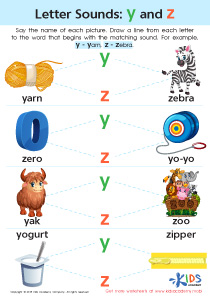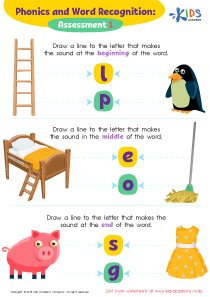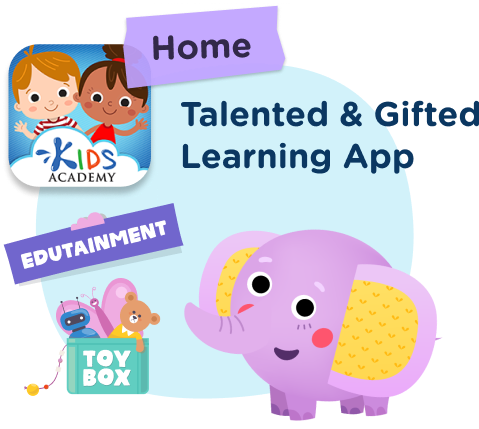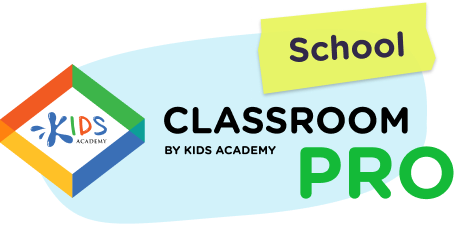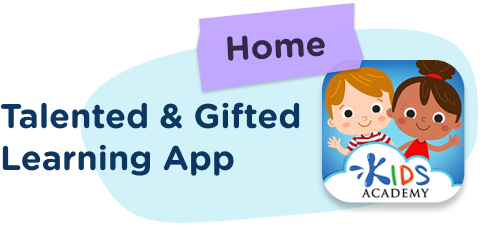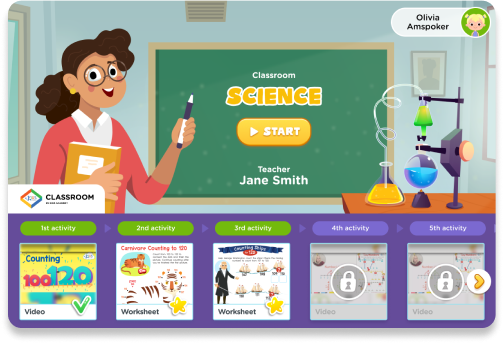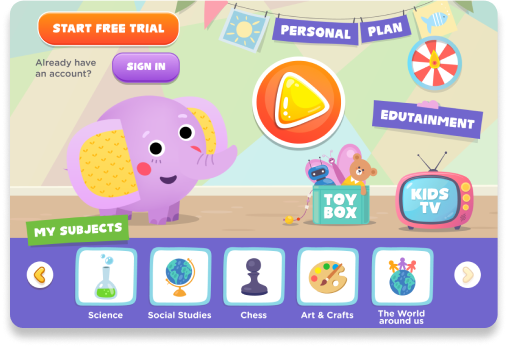Vocabulary expansion Normal Vowels and Consonants Worksheets for Ages 4-7
6 filtered results
-
From - To
Boost your child's vocabulary comprehension with our engaging Normal Vowels and Consonants Worksheets, specially designed for ages 4-7. These carefully crafted worksheets focus on enhancing letter recognition and sound associations through fun activities. Young learners will enjoy a mix of coloring, matching, and word-building exercises that reinforce their understanding of normal vowels and consonants. Our interactive approach makes learning enjoyable and effective, fostering a love for language development. Ideal for classrooms or homeschooling, these resources will help your child expand their vocabulary while building essential early literacy skills. Dive into a world of words and watch your child blossom!
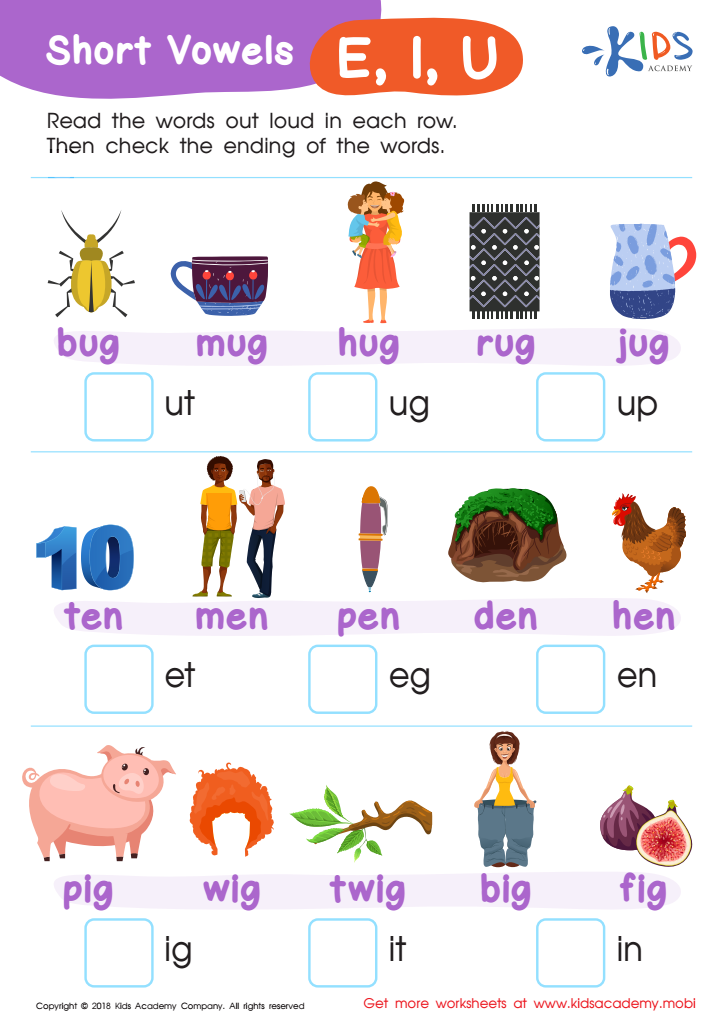

Short Vowels /e/, /i/, and /u/ Worksheet
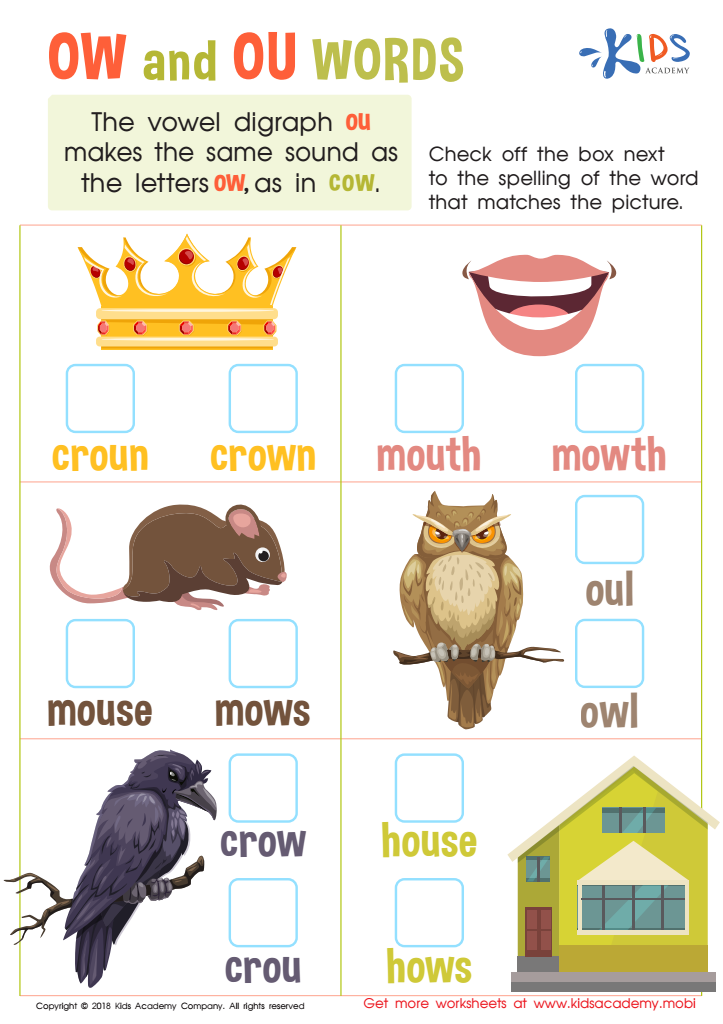

Reading: OW and OU Words Worksheet
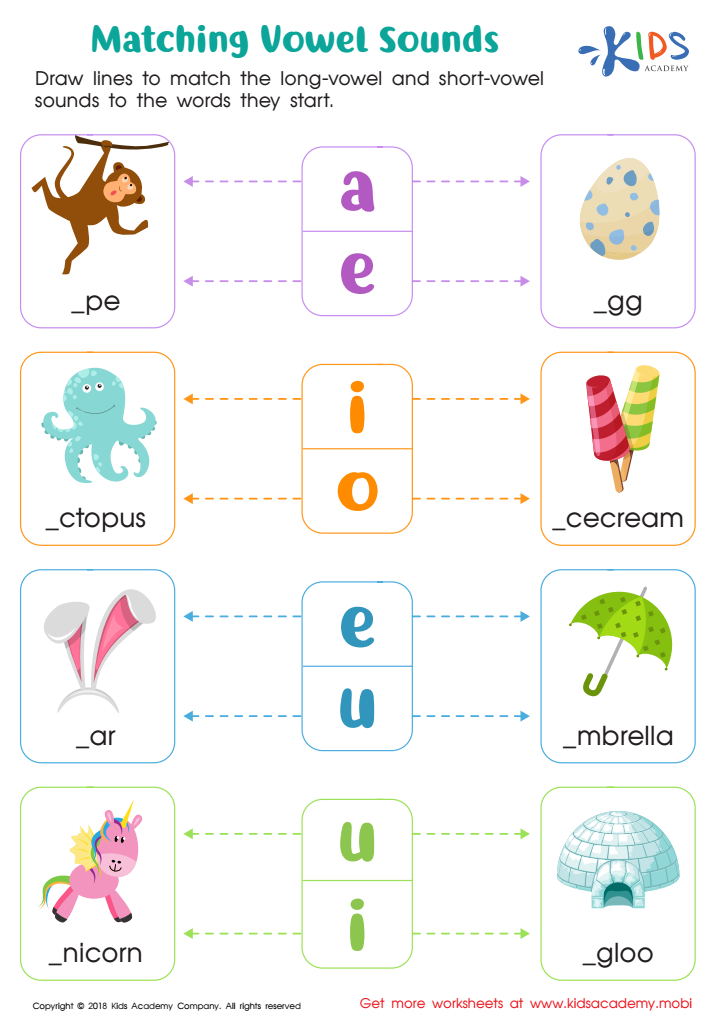

Matching Vowel Sounds Worksheet
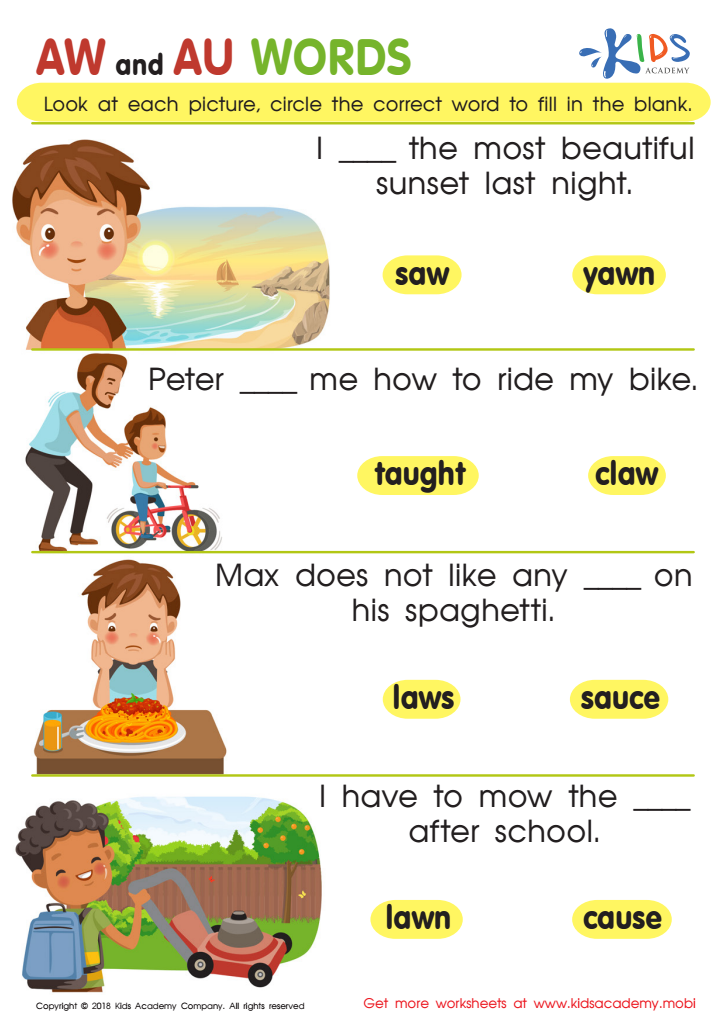

Reading: AW and AU Words Worksheet
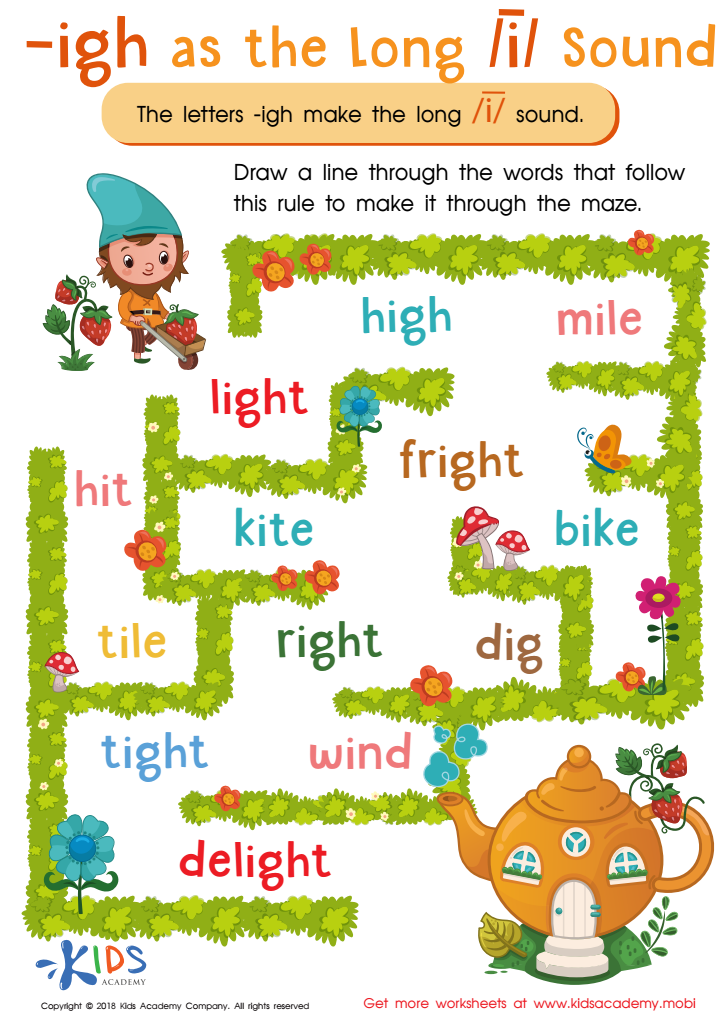

Reading: IGH as Long I Worksheet
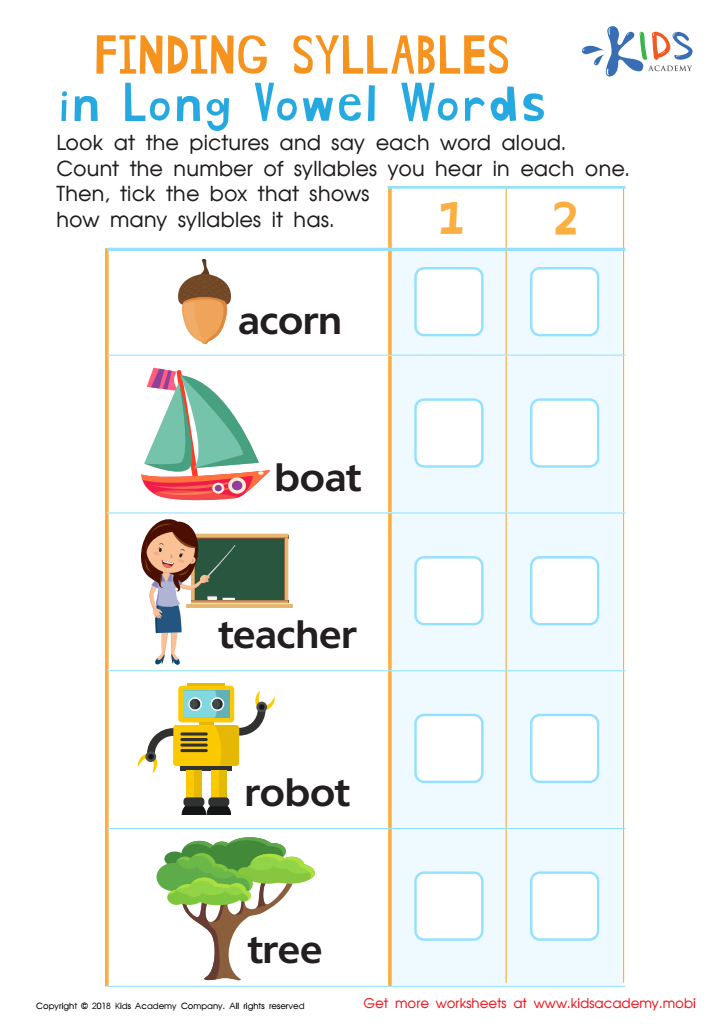

Finding Syllables in Long Vowel Words Worksheet
Vocabulary expansion, particularly through normal vowels and consonants, is crucial for children aged 4-7 as it lays the foundation for effective communication and literacy skills. During these formative years, children are rapidly developing language abilities and learn best through exposure to a rich variety of words. By increasing their vocabulary, children can express themselves more clearly, which fosters confidence during interactions with peers and adults.
Moreover, a strong vocabulary is linked to reading comprehension. As children encounter new words in books and conversations, they begin to make connections, enhancing their understanding of the language and the world around them. Knowledge of normal vowels and consonants also promotes phonemic awareness, an essential skill for learning to read and write. Recognizing these sounds aids in sounding out words, improving both decoding skills and spelling.
Teachers and parents can support vocabulary growth through engaging activities, storytelling, and interactive play, which can be fun and enriching for children. Ultimately, an expanded vocabulary equips young learners with the tools they need for academic success and lifelong learning, fostering a love for language and exploration. Investing time in vocabulary development is critical for children’s overall language development and cognitive growth.
 Assign to My Students
Assign to My Students



